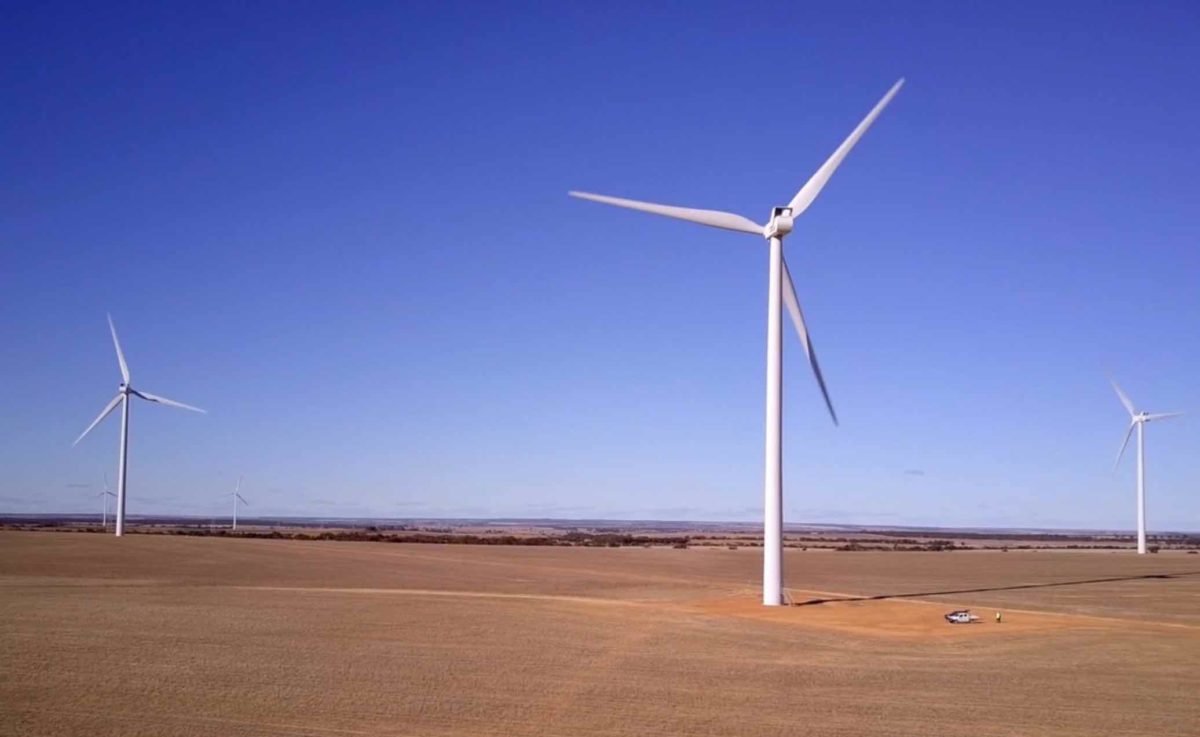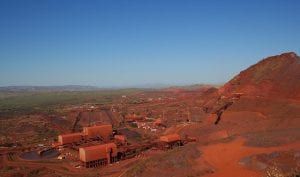Wind industry advocates are calling for a clean energy masterplan and an extension to the Renewable Energy Target (RET) in the upcoming Budget.
Australia is currently installing about 3 gigawatts (GW) of rooftop and a similar volume of large scale wind and solar, but needs to double those numbers if it wants to achieve the government’s 82 per cent renewable energy target in 2030, says Clean Energy Council CEO Kane Thornton.
One way to do this will be to extending the RET past 2030, he says.
“Extending it beyond 2030 would be simple, it would be fast and the cost associated with this extension would be far outweighed by the lower energy prices that we know would follow,” he said during the Wind Industry Summit today.
An extension could also resolve the issue of demand for Large Scale Generation (LGC) certificates, prices for which have held steady or increased despite the end of the scheme, says Acciona general manager Brett Wickham.
He says “something” needs to be done with LGCs after 2030 to drive emissions targets as demand for the certificates is still solid.
It could also to drive the industry to install the physical capacity required to meet Australia’s 82 per cent target.
“We want mechanisms that drive he right decision making,” he says.
Thornton is also calling on the federal government to launch its own version of the US Inflation Reduction Act (IRA), which is set to unleash $US500 billion in government funding for US clean energy technologies and trillions in overall investment.
“This is industrial policy the likes of which we’ve never seen before… It’s great for the global decarbonisation agenda. It’s exactly what we need,” he said.
But Australia is losing the renewable energy race — the IRA means the US is now a magnet for capital, workers and technology.
“To add to our woes Europe and many other countries around the world are following suit… Australia must act swiftly and strongly. A clean energy superpower masterplan is critical,” Thornton said.
Australia entering hotly competitive field
Offshore wind is the up-and-coming technology that is underpinning many of the renewable energy masterplans around the world.
The UK is committed to 50 GW by 2030 and 100 GW by 2050. Europe wants to installs 300 GW by 2050. The US is planning for 30 GW by 2030. And China, now the largest offshore wind market, is committed to 60 GW by 2025.
Victoria will host the first offshore wind farm in Australia, the Star of the South project in 2028, but NSW plans to be not far behind.
Victoria’s Labor Andrews government last year set a target to achieve 2GW of offshore wind capacity by 2032, 4GW by 2035, and 9GW by 2040 – equivalent to six Yallourn coal-fired power stations.
Last month, Victorian energy minister Lilly D’Ambrosio announced government support for transmission upgrades in the state to support offshore wind, including building hubs 15km inland from the shore that enable 2-2.5 GW of capacity in each area.
She says the government has chosen the Port of Hastings as the preferred port for offshore terminals.
Corio Generation development director Penny Pickett says Victoria’s offshore wind target and the federal legislation are good, but Australia is entering a hotly competitive global market, with skills shortages front of mind. She says Australia needs to be ambitious with its targets in order to be an attractive location for developers and investors.








